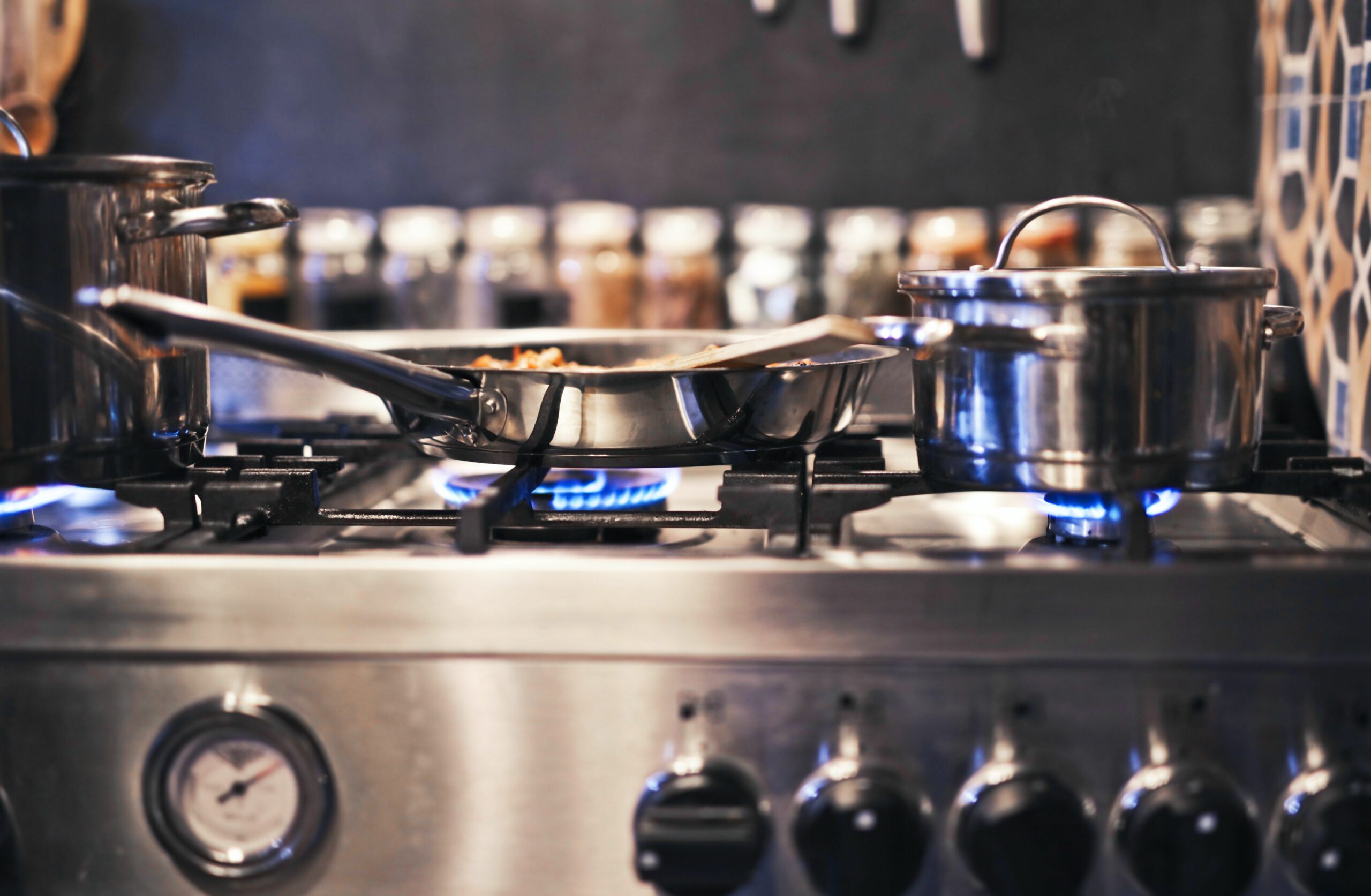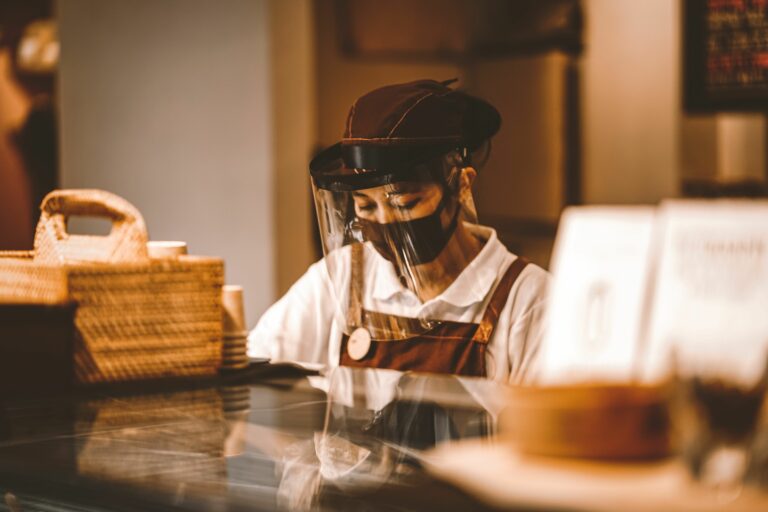With COVID-19 here to stay for the foreseeable future, the food and beverage industry has to brace itself for more rapid changes and rise to adapt accordingly. In order to do so, it’s necessary to understand how consumer behaviour has changed since before the pandemic.
Before, creating experiences for customers was a key focal point for businesses, whether by unique dish creations that added a twist on familiar foods, or through the atmosphere and ambience of the restaurant encouraging customer interaction. Either way, businesses focused on driving dine-in customer traffic, a strategy which now has restaurants struggling as operations remain restricted by dining-in limitations and social distancing requirements.
At the same time, restaurants were slowly easing towards online orders and expanding delivery services to promote convenience and ease of access. This move was kicked into high gear as countries started locking down and restaurants had to shutter their doors to diners. Businesses who were unprepared, especially, found themselves floundering to transition to online platforms in such a short timeframe.
Now, drive-throughs, pick-ups and restaurant deliveries are the norm, and will be for a while yet. However, the dining landscape as we knew it has changed and may never return to the way it was. For one, more people are cooking and opting to eat at home instead of buying food.
Nonetheless, restaurants can still adapt to these changing lifestyle habits.

Here are some ways that restaurants can rethink their operations and adapt to the new norm.
Promoting dining experiences at home
In tandem with the surge in home cooking, restaurants can look into providing food prep packages and meal kits. This will fit in with diners’ new preference for staying home, while bringing the familiar taste of your restaurant to the home dining table, and be a refreshing change to their usual home-cooked fare.
Provide contactless delivery services
With diners still wary of the situation, provide ease of mind by providing delivery services that will help diners avoid in-person contact and save them the trouble of travelling out to your restaurant, while having the same delicious food in the comfort of their home.
Expanding available range
Instead of limiting yourself to your current menu offerings, take the chance to experiment with dishes and how to best harness your limitations. If certain dishes aren’t ideal for takeaway or delivery, consider how their ingredients can be repurposed into other delivery-friendly dishes.

At the same time, some restaurants have started reopening their doors to diners. With increased hygiene concerns and social distancing in mind, here are some strategies that can be implemented to reassure diners if they decide to stop in for a meal.
Socially-distanced service
Besides making sure your seating arrangements adhere to social distancing regulations, protect your staff by providing them with face masks and face shields for the course of their shift. Maximise use of outdoor areas where possible, and encourage the use of tools such as serving paddles and cashier shields to keep a safe distance between diner and staff.
Harnessing contactless technology
Make use of the wide array of contactless technology options to give your patrons more peace of mind. Some restaurants have taken to providing digital menus using QR codes, which are easy to implement and access on diners’ mobile phones. Alternatively, self-ordering kiosks with regular sanitisation will also reduce contact between diners and staff, and you can also encourage cashless payment where possible.
Maintaining the human touch
Of course, even with socially-distant, contactless service, staff should still take care to provide the best service possible, just as they did before the pandemic. The lack of human contact might make service seem more impersonal to diners, and staff will have to adapt accordingly by pre-empting patron concerns. For example, it would look better on your restaurant to have hand sanitising wipes prepared and ready without diners having to request for them, as it shows an understanding of their worries and concrete action to address them.
A rocky road remains ahead for the food and beverage industry, but by being adaptable and aware of diner concerns, restaurants can take the appropriate measures to make the most of the situation.
Privacy Overview
| Cookie | Duration | Description |
|---|---|---|
| cookielawinfo-checkbox-analytics | 11 months | This cookie is set by GDPR Cookie Consent plugin. The cookie is used to store the user consent for the cookies in the category "Analytics". |
| cookielawinfo-checkbox-functional | 11 months | The cookie is set by GDPR cookie consent to record the user consent for the cookies in the category "Functional". |
| cookielawinfo-checkbox-necessary | 11 months | This cookie is set by GDPR Cookie Consent plugin. The cookies is used to store the user consent for the cookies in the category "Necessary". |
| cookielawinfo-checkbox-others | 11 months | This cookie is set by GDPR Cookie Consent plugin. The cookie is used to store the user consent for the cookies in the category "Other. |
| cookielawinfo-checkbox-performance | 11 months | This cookie is set by GDPR Cookie Consent plugin. The cookie is used to store the user consent for the cookies in the category "Performance". |
| viewed_cookie_policy | 11 months | The cookie is set by the GDPR Cookie Consent plugin and is used to store whether or not user has consented to the use of cookies. It does not store any personal data. |